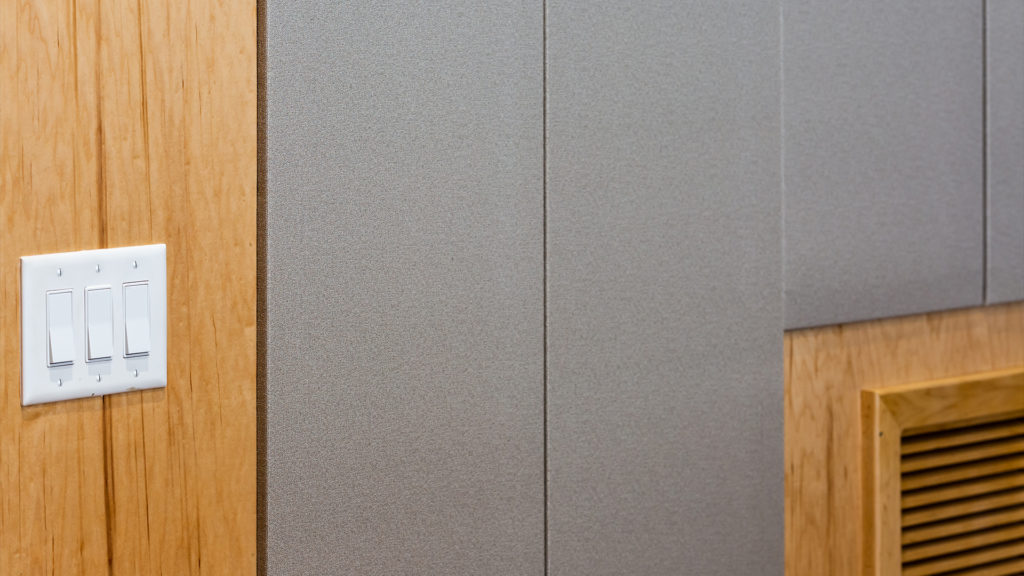
Cheap acoustic panels usually means cheap acoustical performance. Not all sound absorption products are created equal. You must quantify and qualify the frequency and amplitudes of your acoustic issues before searching for anything especially cheap acoustic panels. What costs nothing when it comes to acoustical treatment is worth nothing in performance parameters.
The search term cheap acoustic panels is only concerned with offering something that only works at certain frequencies. It is mainly the higher frequencies since cheap acoustic panels are usually thin pieces of material types. It takes panel depth to absorb lower frequencies. Most cheap acoustic panels are thin to save money on materials inside the unit. They will label this cheap acoustic panel as a sound absorbing panel. However, that description does not tell the whole story.
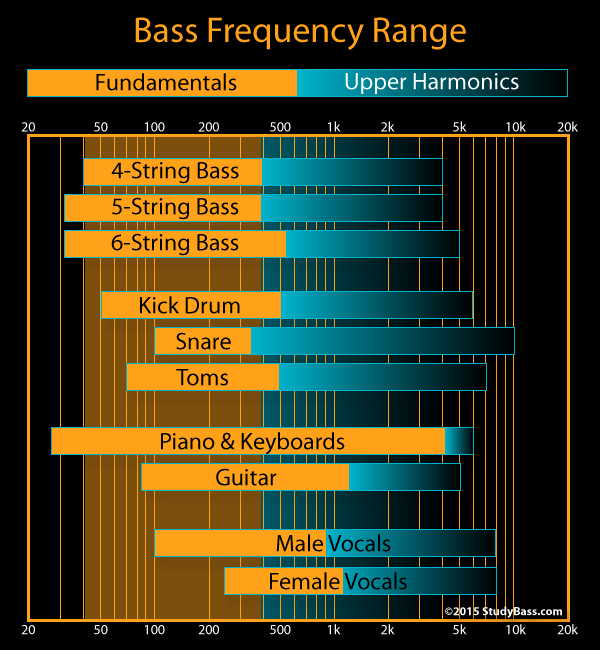
The Science of Acoustic Panels: Understanding the Importance of Low Frequency Sound Absorption Technology
Audible energy that produces our music and voice has a frequency range.That frequency range is divided up into low, middle, and high frequencies. Any acoustic panel whether it is a cheap acoustic panel or a panel that is well designed must focus on one or two of these three frequency ranges. Lower frequency sound absorption technology is thick and requires a certain thickness in order to absorb enough energy at lower frequencies.
Lower frequency sound absorption panels can not be a cheap acoustic panel since there are structural requirements in the design of the panel. The depth of any panel determines how low the unit will absorb energy at. There are design parameters that must be met based upon our laws of physics that must be maintained. There are three main types of low frequency absorbers. We have diaphragmatic, membrane, and Helmholtz. Diaphragmatic is the most powerful of all the three and is the one we use at Acoustic Fields.
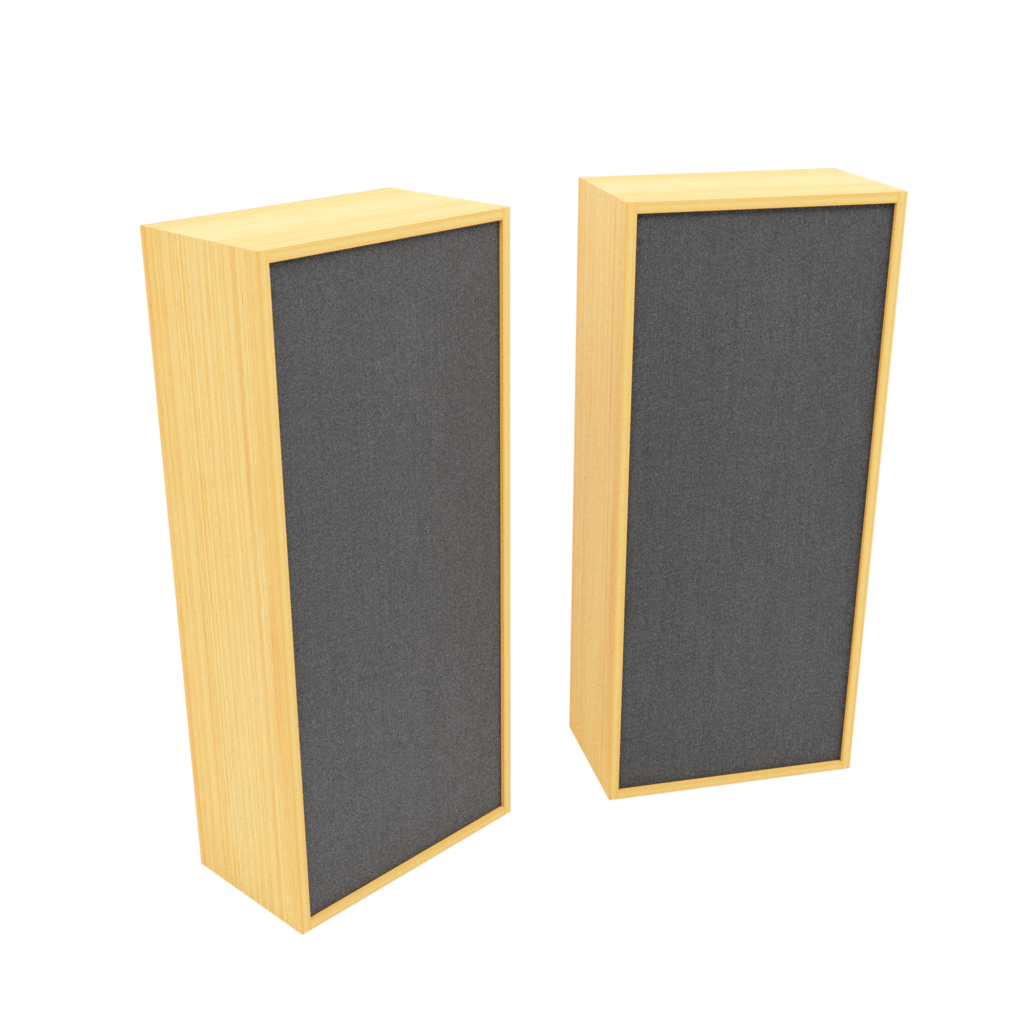
Acoustic Fields’ Diaphragmatic Absorbers: The Power of Carbon Technology for High-Frequency Absorption
A diaphragmatic absorber is a cabinet of a certain depth and density. The walls of the cabinet must have a certain density or mass in order to offer enough resistance for the front walls to move accordingly as designed. The front wall is termed the diaphragm. Air pressure strikes the front walls and is slowed down by the different densities of the wall. When the wave slows down it then enters the inside of the cabinet where our carbon technology exists.
Inside the cabinet is our activated carbon perforated absorber. All of our product units have a carbon perforated absorber inside of them. The carbon perforated absorber absorbs at high levels for each octave band. The cabinet depth determines how low in frequency the overall unit will work at. We achieve levels down to 30 hz. With our foam on the face of each unit, we extend that frequency range of absorption through 6,300 hz. This is the frequency range that mix engineers work within.
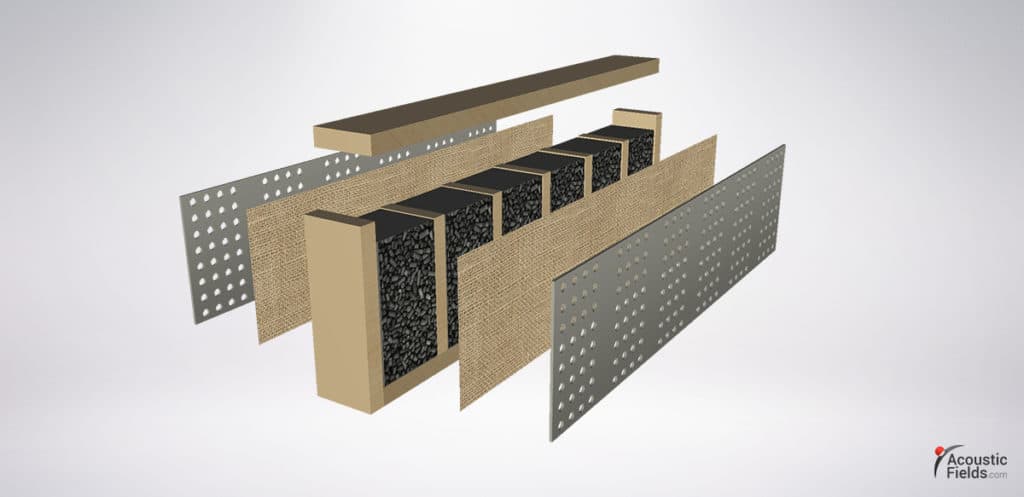
Maximizing Small Room Acoustics: The Two Key Objectives for Effective Low-Frequency Absorption
Absorbing lower frequency energy within a small room is all about two main objectives. First, you must have a sound absorber that goes low and gets a lot. You need to start your absorption level at 30 or 40 hz. Classical and EDM engineers like to be able to mix around 30 hz. Most rock and other genres will be happy with a high resolution within their rooms at 40 hz. The rate of absorption must be linear and at a high level. Secondly, you must have enough surface area coverage on each wall floor and maybe the ceiling depending on room usage to deal with each frequency and its amplitude or strength. Go low, get a lot, and cover a lot.
Most small rooms in order to manage low frequency issues correctly, require a 50% surface area coverage. This is why our ACDA series and carbon panels are 60″ or 5′ high. Most rooms in North America have 8′ ceilings. A 5′ high panel that is 30″ wide and 12″ deep will meet that 50% minimum requirement.
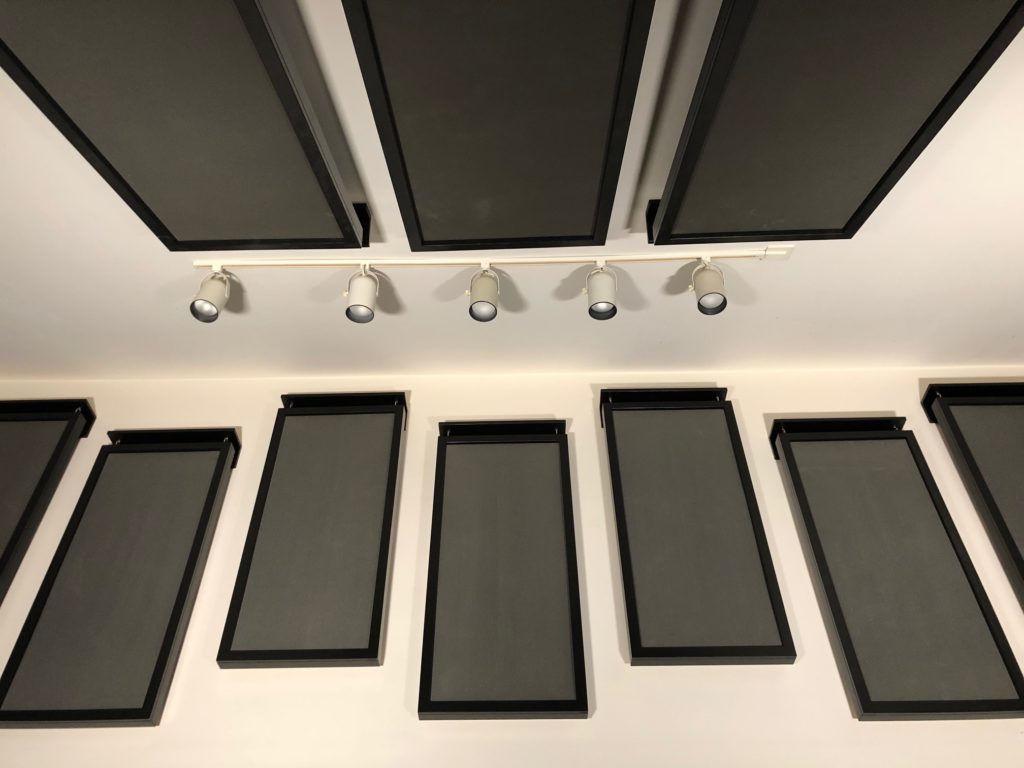
The Pitfalls of Cheap Acoustic Panels: Why Middle and High Frequency Management is Not Enough for Music and Voice Absorption
Middle and high frequency management is probably where most that use the search term cheap acoustic panels will reside. Middle and high frequency energy can be absorbed by using almost any material type that sir can flow across. Middle and high frequency energy is termed ray energy. It has shorter wavelengths and is more straight line energy. Low frequency energy is wave energy and oscillates throughout the room in waves of energy similar to ocean waves.
Cheap acoustic panels are cheap because the materials they use inside of them are not made to absorb music and voice correctly. Music and voice are different from noise. You must pay particular attention to the rate and level of absorption with music and voice. Most of these cheap acoustic panels do not absorb the correct amounts of the proper frequencies.


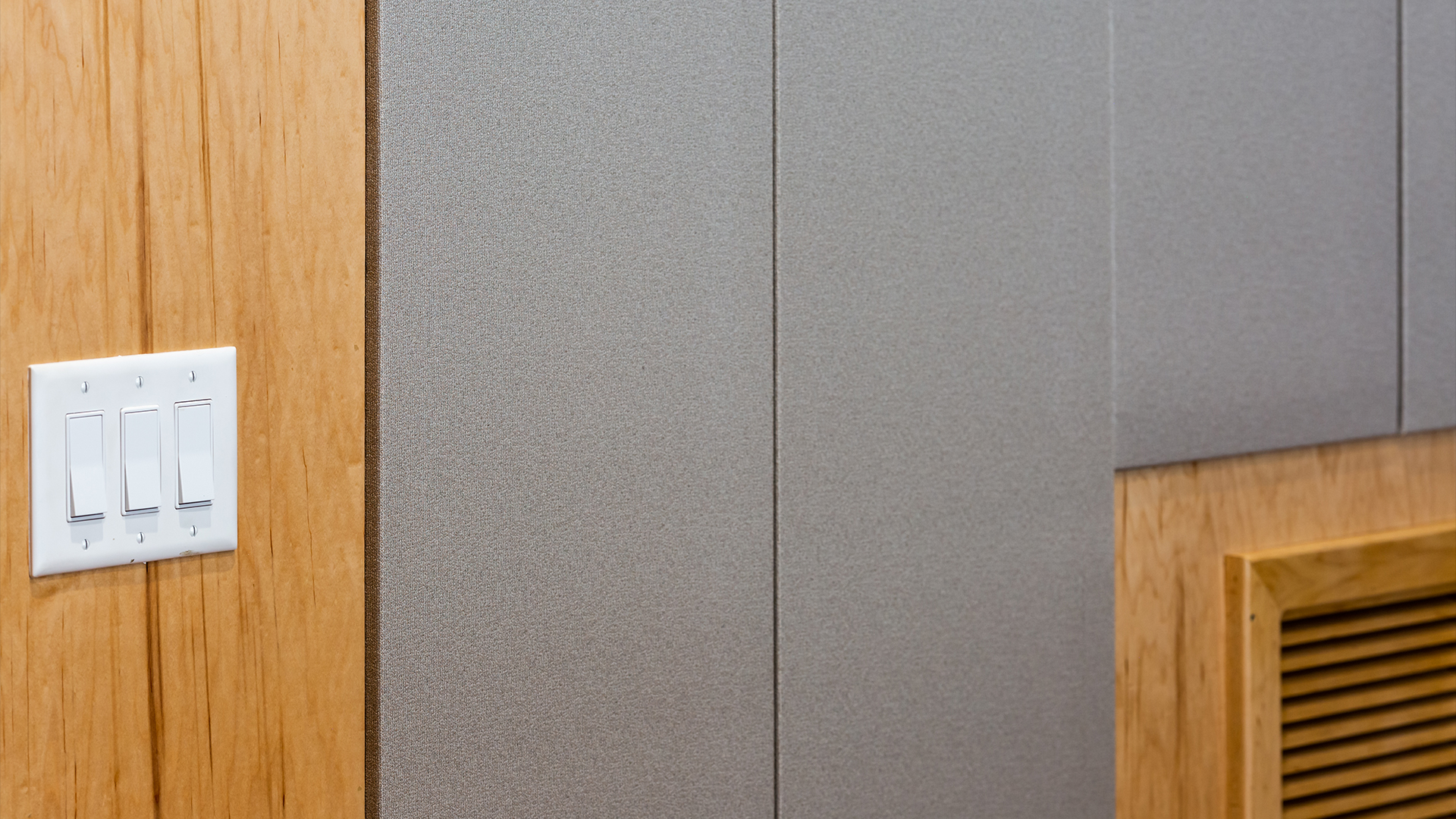





The discussion on ductwork noise transmission from Acoustic Fields highlights crucial aspects of HVAC system acoustics. The movement of air…
Great build plans. thank you Denis
You must use absorption. Never place a chair against a wall.
A friend and I built several diffusors using these plans and they turned out absolutely beautiful. Very good instructions and…